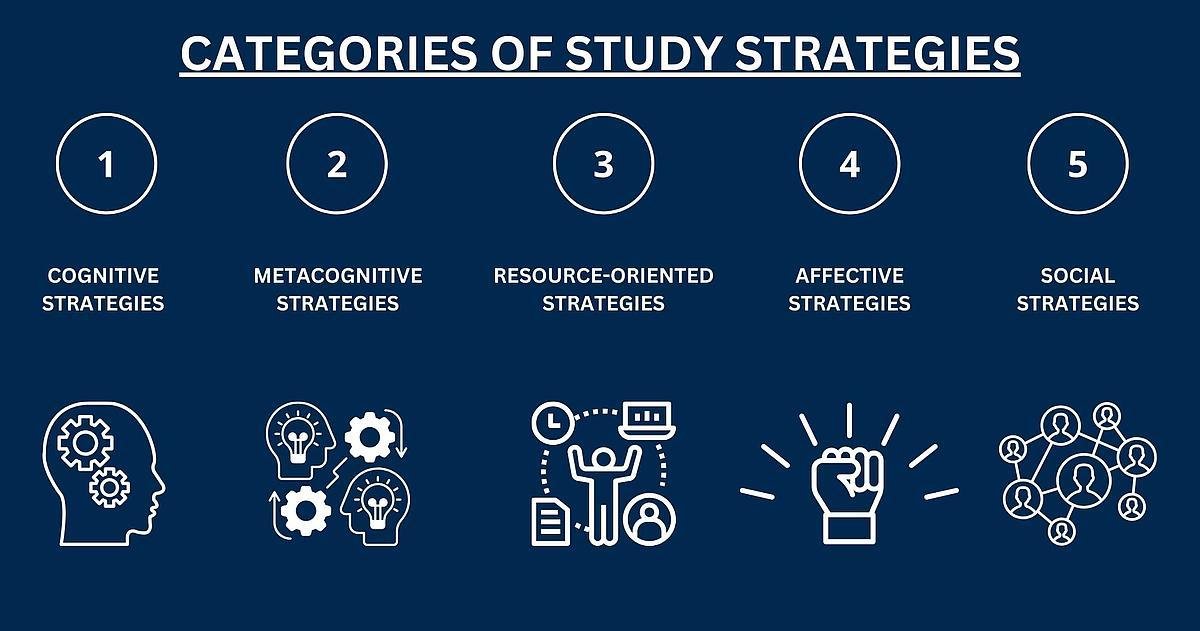The blockchain, a seemingly immutable ledger, holds more than just transactional data; it stores the echoes of past activity. Now, a new trend is emerging, one that unearths forgotten interactions and rewards early adopters and pioneers with retroactive airdrops. From forgotten wallets to long-dormant accounts, the past is proving unexpectedly lucrative. This exploration dives into the fascinating world of retroactive rewards, where yesterday’s actions yield today’s cryptocurrency.
Understanding Retroactive Rewards Programs
Imagine a thrilling treasure hunt where the clues are your past digital actions. That’s essentially what retroactive rewards programs offer. These innovative schemes aren’t about future engagement; they reward users for past activity on a blockchain network, often in the form of cryptocurrency airdrops. This “mining the past” approach incentivizes early adoption and strengthens network effects. Think of it as a belated thank you, a retroactive pat on the back for your pioneering spirit. Key aspects to grasp include:
- Eligibility Criteria: Specific actions, like holding tokens, staking, or participating in governance, define who qualifies.
- Reward Distribution: The method used to disperse the rewards, often via snapshots of the blockchain at a specific point in time.
- Claiming Rewards: Procedures for accessing and transferring these retroactively awarded tokens.
While seemingly simple, the strategic implementation of such programs is complex. The rewards themselves can vary wildly, from smaller token allocations to substantial amounts depending on the project’s objectives and the value of the distributed token. Here’s a quick comparison of common retroactive reward types:
| Reward Type | Description |
|---|---|
| Token Airdrop | Free tokens distributed based on past activity. |
| NFT Drop | Exclusive digital collectibles awarded to early adopters. |
| Governance Tokens | Tokens granting voting rights in project decisions. |

Identifying Eligible Past Activities
Unearthing your crypto treasures requires a bit of detective work. We’re looking for specific blockchain interactions that qualify for retroactive rewards. This isn’t about remembering every single transaction; instead, focus on key actions. Think big picture: Did you participate in early community events? Were you among the first adopters of a specific protocol? Here’s a checklist to help you sift through your digital history:
To ensure you don’t miss out, consider these activities. Remember, verification methods may vary based on the specific airdrop program. Always double check the official program guidelines!
| Activity | Example | Proof Needed (Likely) |
|---|---|---|
| Early Adopter | Holding tokens pre-launch | Wallet address history |
| Community Engagement | Participating in forums | Social media activity |
| Protocol Interaction | Using a specific DeFi protocol | Transaction history |
- Holding Specific Tokens: Many retroactive rewards programs target those who held a certain token before a specific date or milestone.
- Staking or Liquidity Provision: Providing liquidity in decentralized exchanges (DEX) or staking tokens on various platforms often qualifies for rewards.
- Social Media Participation: Active participation in official community channels, early adoption, retweets, and more can sometimes unlock rewards.
- Referrals: Referring friends or other users to a project.

Maximizing Your Retroactive Airdrop Claims
Missed out on early crypto opportunities? Don’t despair! Retroactive airdrops are a second chance to claim rewards for past blockchain activity. Think of it as a digital treasure hunt where your previous interactions on various platforms could unlock significant cryptocurrency gains. To truly maximize your potential windfall, a strategic approach is vital. This means meticulously reviewing your transaction history across different networks and wallets. Remember to look beyond straightforward token holdings; actions like staking, liquidity provision, or even simply holding crypto in specific wallets might qualify you for an airdrop. Don’t underestimate the power of thorough research; dedicated websites and communities actively track upcoming and eligible airdrops.
Here’s a checklist to supercharge your retroactive airdrop claim process:
- Check your past transaction history: Dig deep to find every forgotten interaction.
- Investigate multiple networks: Don’t limit yourself to just one blockchain.
- Join relevant communities: Stay informed about upcoming airdrops through dedicated forums and social media groups.
- Use airdrop tracking tools: These tools help identify potential claims based on your activity.
- Verify eligibility carefully: Each airdrop has specific criteria; ensure you meet all requirements before submitting a claim.
| Step | Action |
|---|---|
| 1 | Review wallets |
| 2 | Check eligibility |
| 3 | Submit claim |

Strategies for Claiming Your Crypto History
Many blockchain projects are realizing the value of rewarding early adopters and those who participated in their networks during formative stages. This often takes the form of retroactive airdrops, where tokens are distributed to users based on their past activity. Successfully claiming these rewards might feel like cracking a historical code, but with the right approach, unlocking these hidden treasures is achievable. To begin your treasure hunt, you’ll need to meticulously gather evidence of your past blockchain interactions. This could involve scouring transaction histories on various explorers, checking old wallets, and reviewing historical activity on relevant platforms. Remember to pay close attention to specific criteria mentioned in individual airdrop announcements, as requirements can vary greatly.
Here’s a breakdown of key strategies to maximize your chances of success:
- Verify eligibility: Carefully check airdrop eligibility requirements; some may need specific transaction amounts or holding periods.
- Secure your keys: Accessing old wallets requires vigilance; prioritize strong security practices to protect your assets.
- Utilize blockchain explorers: Leverage tools like Etherscan or similar explorers to track historical transactions and verify participation.
- Join relevant communities: Stay informed on airdrop announcements and claim instructions through community channels (Discord, Telegram, etc.).
- Document everything: Maintain detailed records of your actions and confirmations, which may be necessary during the claim process.
| Action | Example |
|---|---|
| Find Old Wallets | Check old email accounts, hardware wallets, or paper backups |
| Verify Transactions | Inspect blockchain explorer for relevant wallet activity |
| Claim Rewards | Follow specific instructions on the airdrop website |
In Retrospect
Ultimately, the hunt for retroactive rewards is a testament to blockchain’s enduring potential. Whether you’re a seasoned crypto veteran or a curious newcomer, the past holds untapped value, waiting to be mined. The question remains: will you claim your piece of the digital past?









